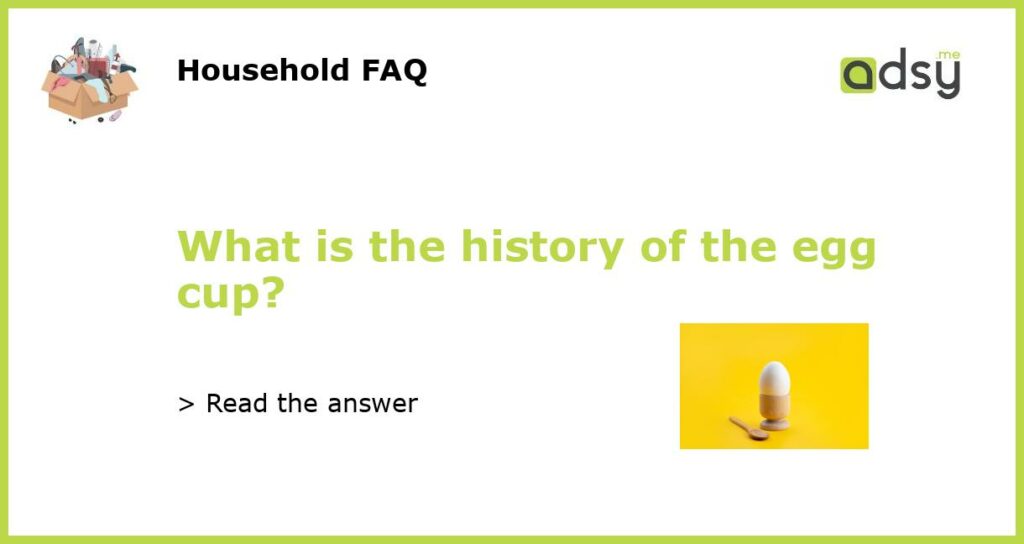The Evolution of the Egg Cup: A Brief History
Egg cups have been a staple on breakfast tables for centuries. But where did they come from and how have they evolved over time? Let’s take a look at the history of the egg cup.
Earliest Egg Cups: Ancient Origins
The concept of the egg cup dates back to ancient times. The Romans were known to eat eggs in a similar way to how we do today, by boiling or poaching them. They would then eat the egg from a small dish or cup-like vessel, which was often made of gold, bronze, or silver.
Egg Cups in Europe: Medieval and Renaissance Eras
During the medieval and Renaissance eras, egg cups became more common in European households. However, they were typically not made for individual use. Instead, a shared egg cup was passed around the table and diners would take turns eating their egg from it.
The Industrial Revolution: Mass-Production and Designs
With the advent of the Industrial Revolution in the 18th century, egg cups became more readily available to the general public. They were mass-produced and made out of a variety of materials, including ceramic, glass, and metal.
Designs also became more intricate, with ornate patterns and colors being added to egg cups. Some even had attached saucers for holding the spoon or eggshell.
Egg Cups in Modern Times
Today, egg cups remain a popular item on breakfast tables around the world. They range in design from simple and basic to unique and whimsical. Some egg cups are even designed to resemble popular characters or animals.
Despite the changes in design and material, the primary purpose of the egg cup remains the same: to hold a boiled egg upright and make it easier to eat. And with the continued popularity of breakfast foods like eggs benedict and egg soldiers, it seems that the egg cup will remain a fixture on breakfast tables for years to come.






